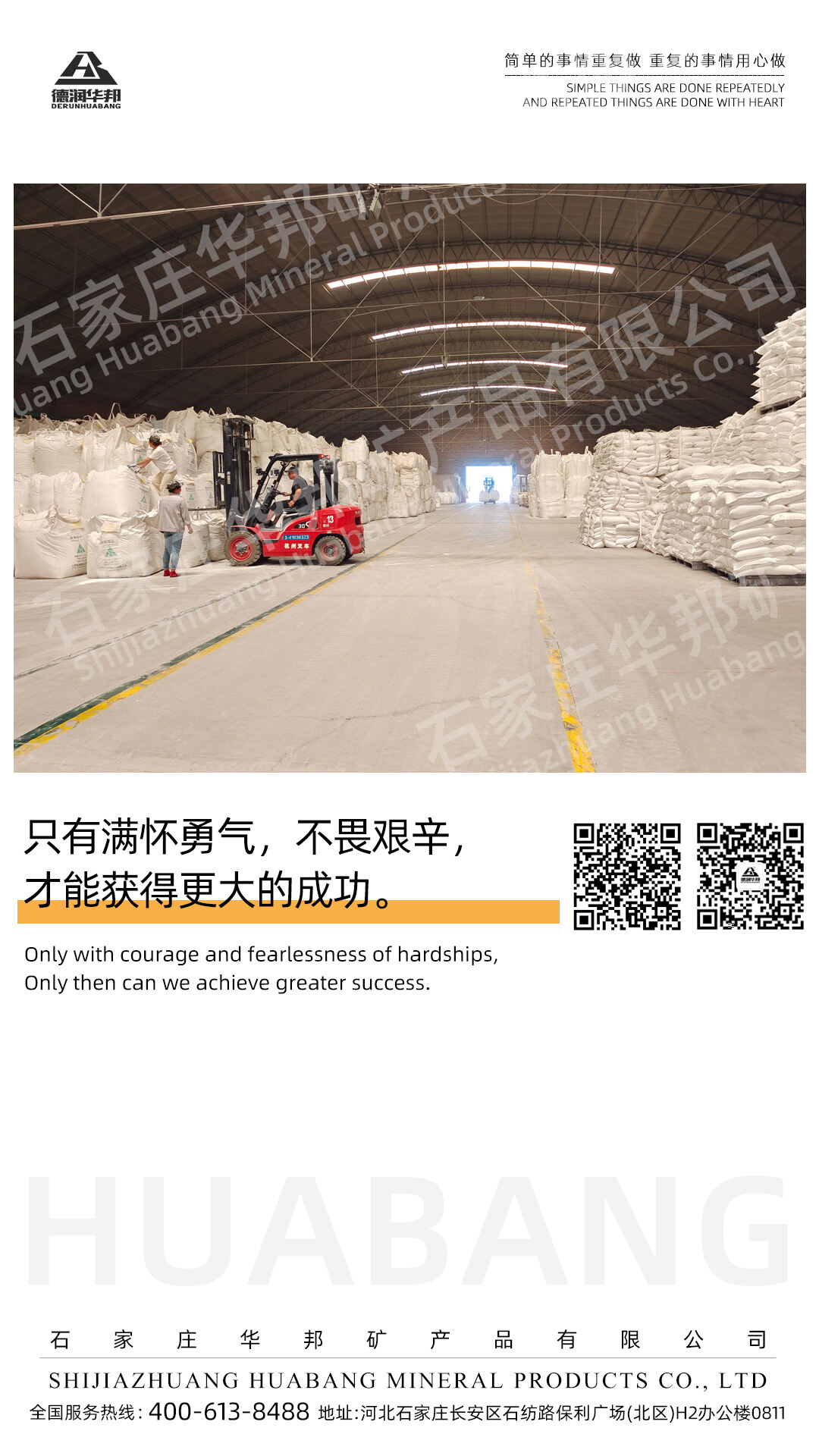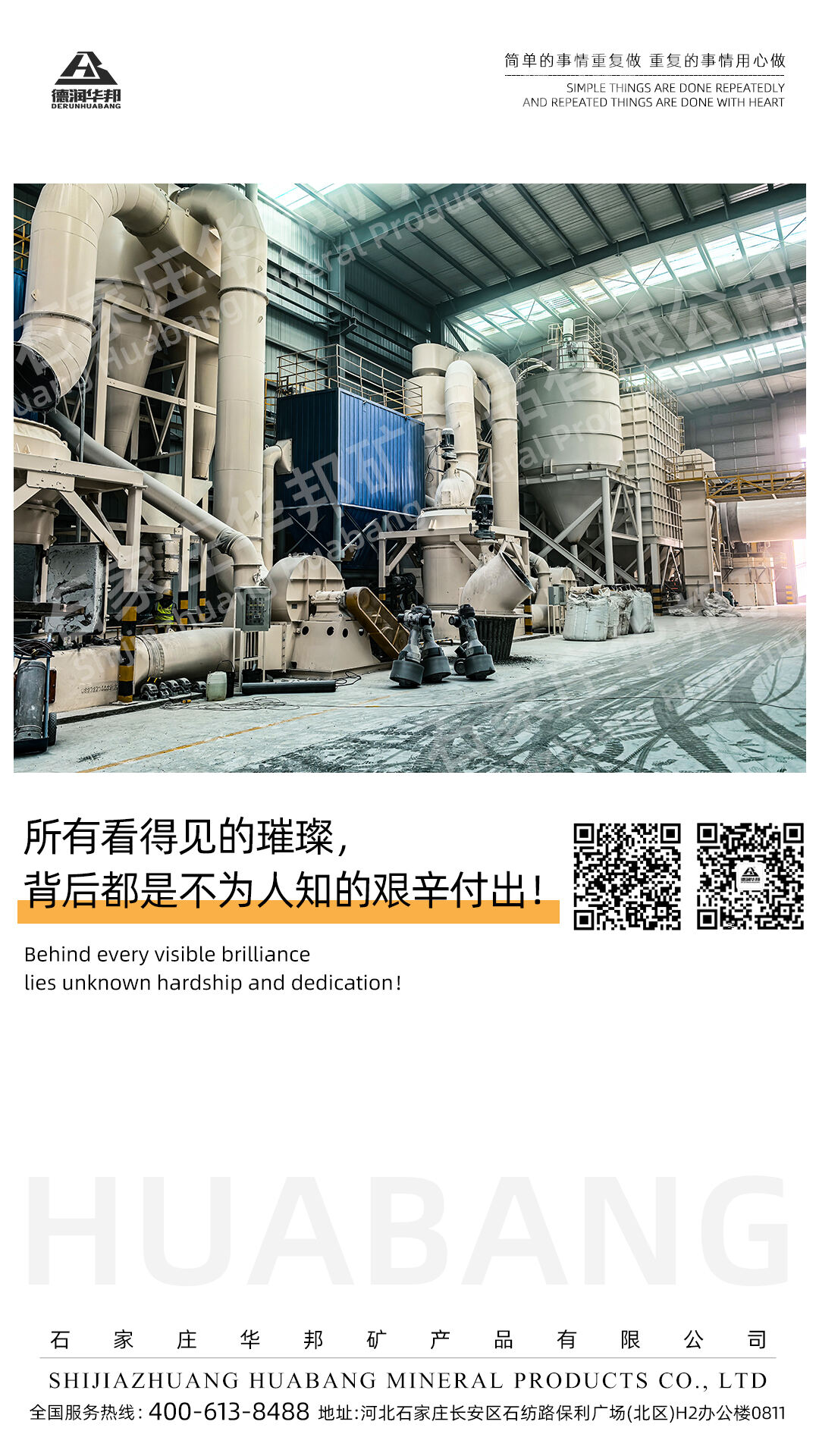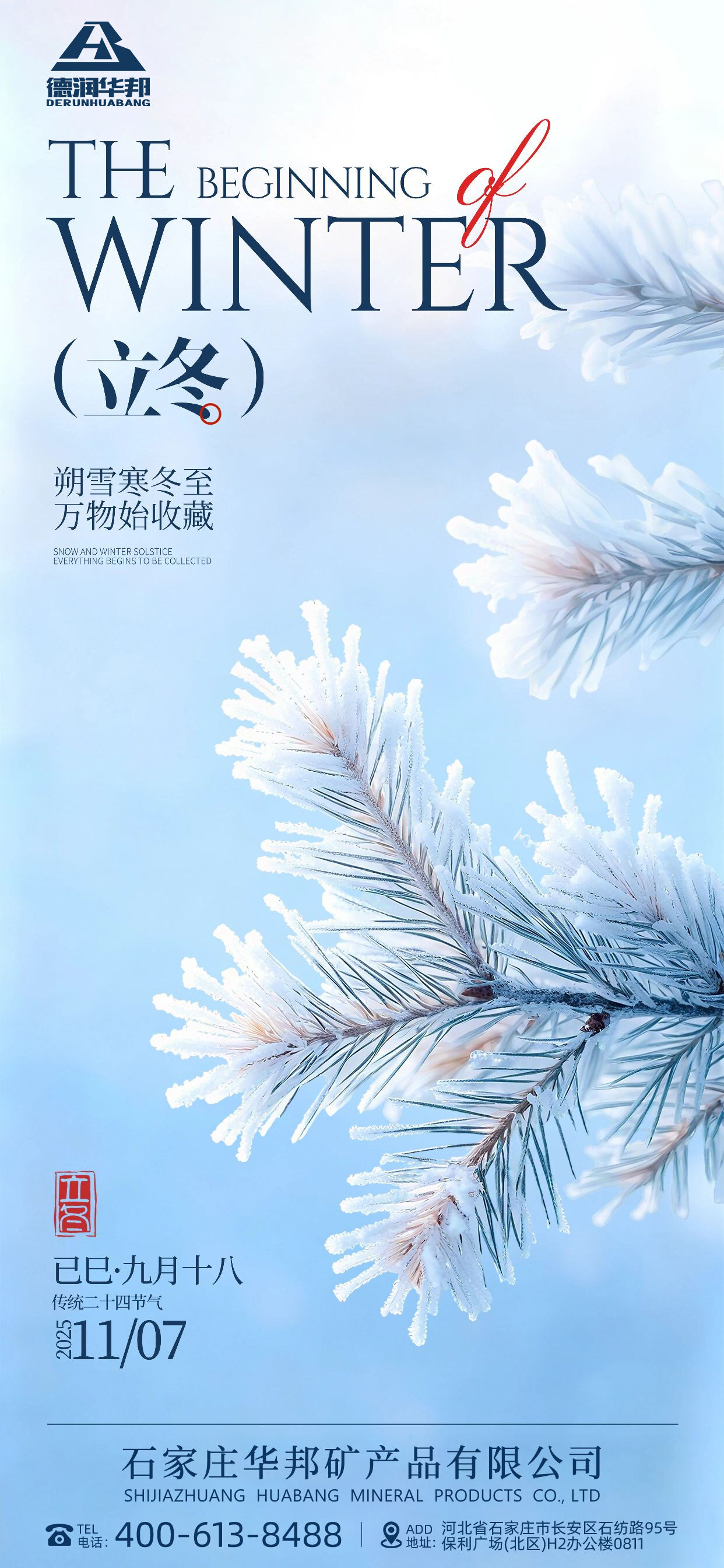 ×
×

Shijiazhuang Huabang Mineral Products Co., Ltd has firmly established itself as a prominent and highly respected enterprise in the global mineral products sector, with over two decades of specialized experience in the processing, production, and glo...

Shijiazhuang Huabang Mineral Products Co., Ltd stands as a prominent and well-established enterprise that has specialized in the processing, production, and supply of high-quality mineral products for years. Deeply rooted in Shijiazhuang, a city str...

Shijiazhuang Huabang Mineral Products Co., Ltd. stands as a reputable and leading enterprise specializing in mineral products, with decades of rich experience accumulated since its establishment in mineral processing and supply. The company has firm...

Shijiazhuang Huabang Mineral Products Co., Ltd. is a prominent player in the mineral industry, adhering to a clear operational philosophy: simple things are done repeatedly, and repeated things are done with heart. This philosophy is not just a stat...

Color sand is kind of decorative and functional material made from natural mineral sand through series of processing and coloring treatments. It inherits natural properties of mineral sand, such as wear resistance, weather resistance, and stability...

Shijiazhuang Huabang Mineral Products Co., Ltd is an enterprise with years of development history, deeply rooted in the mineral products sector and well-known in the local and even national market. Since its establishment, the company has been drive...

Volcanic stones emerge from most primal and powerful forces shaping Earth, forged in fiery depths and unleashed through magma eruptions that tear through crust, painting landscapes with evidence of planet’s dynamic core. These stones are not m...

The arrival of the Beginning of Winter, known as Lidong in Chinese, is a significant solar term that paints the landscape with a quieter, more introspective brush. It stands as a pivotal turning point in the traditional lunisolar calendar, symbolizin...

